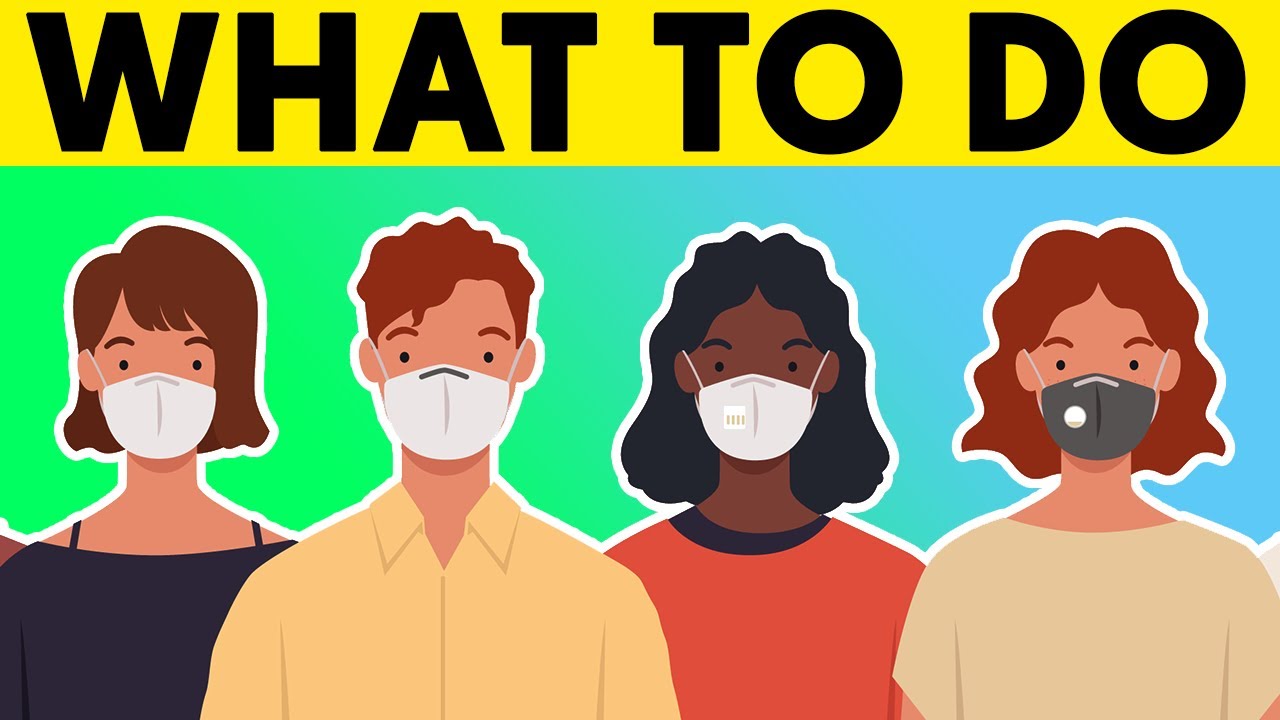The coronavirus in a nutshell (COVID-19)
The novel coronavirus started in Wuhan, China in December 2019, and since then, thousands of confirmed cases have been recorded globally each day and the numbers keep on growing.
COVID-19 is a new strain of coronavirus that hasn’t been seen in humans, until now.
According to the World Health Organization, this illness is described as a pandemic, as it has presently affected more than 200 countries and territories.
Today, we will be discussing COVID-2019 as briefly as possible.
To give you an overview of the novel coronavirus, make sure to stick around with us.
Without further ado, here’s the coronavirus in a nutshell.
First off, what is it?
A group of viruses called Coronaviruses (CoV) cause illnesses ranging from a common cold to more grave diseases including Severe Acute Respiratory Syndrome (SARS) and Middle East Respiratory Syndrome (MERS-CoV).
Like these two coronavirus diseases, COVID-19 is zoonotic, which means they are transmitted between animals and humans.
Symptoms
Primary symptoms of infection are cough, fever, shortness of breath, and difficultly in breathing.
In other cases, the disease can also result in sore throat, vomiting, body aches, and diarrhea.
Out of those who become infected, up to 80% have mild symptoms and may not be aware that they’re sick.
But in severe cases, COVID-19 can cause pneumonia, kidney failure, and death.
Transmission
The virus is transmitted through inhalation of the respiratory droplets of an infected person.
Currently, it is unknown how long exactly can the virus live on surfaces outside the human body.
As such, a person could be infected through contact with a surface that has virus particles.
Incubation period
This new strain of coronavirus has an incubation period of 2 to 14 days.
This period is the time it takes from a person who got infected up to when they start showing symptoms.
In most cases, however, the average amount of time for a person to get sick is around five days.
It’s still undetermined whether or not a person can transmit the disease during the incubation period.
Treatment
Unfortunately, there is no treatment for COVID-19.
Instead, patients are aided by what they call supportive care, say, to help them breathe.
As for the vaccine, according to experts, creating one will take a year to 18 months, including the time it will need to prove if it’s safet and effective.
Tips
For now, the only thing people can do is follow the standard precautions to avoid getting infected and prevent the virus from spreading.
Take note of the following tips:
1. Practice cough etiquette.
Always cover your mouth and nose when sneezing and coughing.
2. Wash your hands regularly and thoroughly.
Wash your hands with soap and water for at least 40 seconds.
If you don’t have access to soap and water just yet, use a hand sanitizer, instead, or any hand disinfectant that has 70% alcohol.
3. Boost your immunity.
Drink plenty of water and take some multivitamins.
4. Steer clear from crowded places.
As much as possible, avoid being in close contact with anyone that has symptoms of respiratory illness.
5. Consult your doctor.
If you have cough, fever, and have been exposed to anyone who traveled from places with cases of COVID-9, then seek medical advice and have yourself properly assessed.
What do you think about our video? Do you have other tips to help us stay safe from the virus?
And how are you doing in the midst of this virus outbreak?
You can share them to us in the comment below.
▶ Subscribe to the channel! – https://goo.gl/nJ8d6r
Royalty free Pictures from
www.pixabay.com
www.pexels.com
Royalty Free Music from
Audio Library – No Copyright Music



![[ID: Hx_A0iLhdr8] Youtube Automatic](https://bizimtube.com/wp-content/uploads/2021/03/id-hxa0ilhdr8-youtube-automatic-236x133.jpg)
![[ID: lp7w0UmpuIs] Youtube Automatic](https://bizimtube.com/wp-content/uploads/2021/03/id-lp7w0umpuis-youtube-automatic-236x133.jpg)
![[ID: s2-7T1TH-lY] Youtube Automatic](https://bizimtube.com/wp-content/uploads/2021/03/id-s2-7t1th-ly-youtube-automatic-236x133.jpg)
![[ID: b_lakC9M4UQ] Youtube Automatic](https://bizimtube.com/wp-content/uploads/2021/03/id-blakc9m4uq-youtube-automatic-236x133.jpg)
![[ID: r44yl6nPONs] Youtube Automatic](https://bizimtube.com/wp-content/uploads/2021/03/id-r44yl6npons-youtube-automatic-236x133.jpg)
![[ID: pAwto1YQjA8] Youtube Automatic](https://bizimtube.com/wp-content/uploads/2021/03/id-pawto1yqja8-youtube-automatic-236x133.jpg)
![[ID: XETG8azHiv4] Youtube Automatic](https://bizimtube.com/wp-content/uploads/2021/03/id-xetg8azhiv4-youtube-automatic-236x133.jpg)
![[ID: f3G_-S_2HUk] Youtube Automatic](https://bizimtube.com/wp-content/uploads/2021/03/id-f3g-s2huk-youtube-automatic-236x133.jpg)
![[ID: G8oWns54snA] Youtube Automatic](https://bizimtube.com/wp-content/uploads/2021/03/id-g8owns54sna-youtube-automatic-236x133.jpg)
![[ID: s0lIFXhu6aw] Youtube Automatic](https://bizimtube.com/wp-content/uploads/2021/03/id-s0lifxhu6aw-youtube-automatic-236x133.jpg)
![[ID: 4UTd2Ev8eYg] Youtube Automatic](https://bizimtube.com/wp-content/uploads/2021/03/id-4utd2ev8eyg-youtube-automatic-236x133.jpg)
![[ID: RKBGBjVJBxQ] Youtube Automatic](https://bizimtube.com/wp-content/uploads/2021/03/id-rkbgbjvjbxq-youtube-automatic-236x133.jpg)